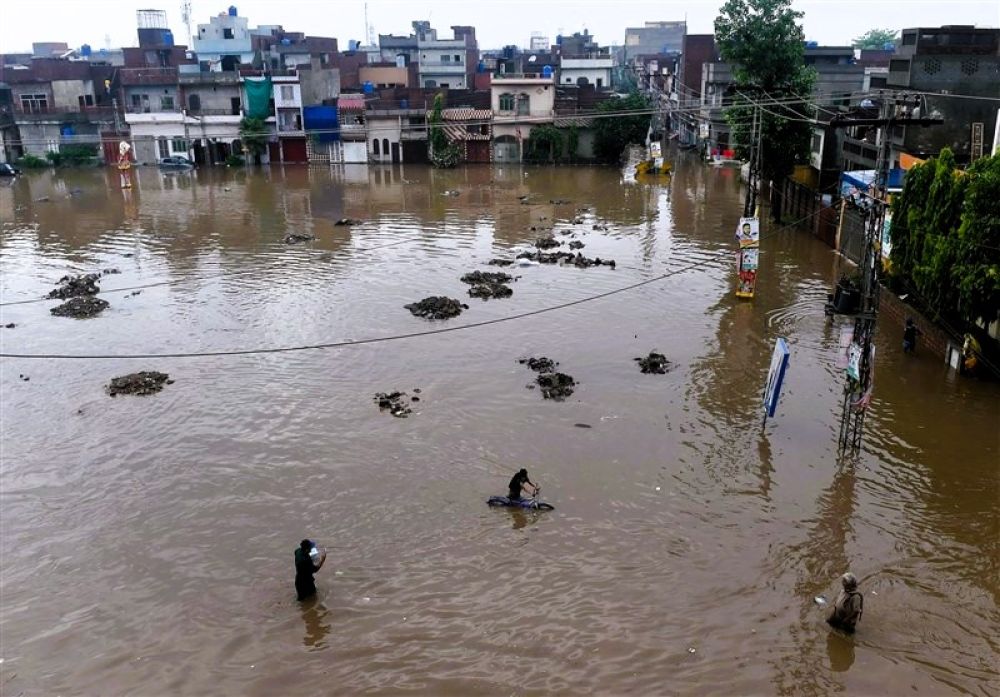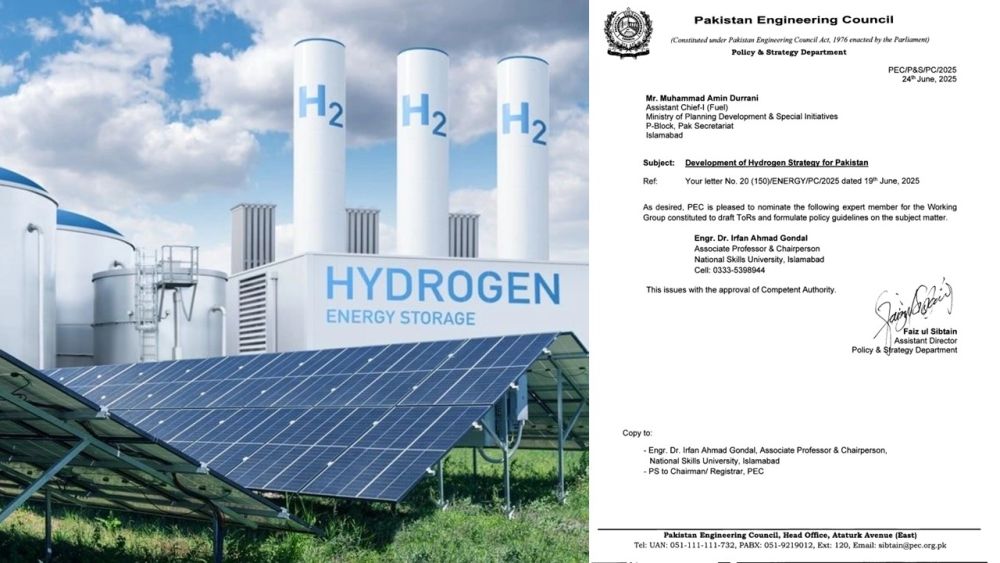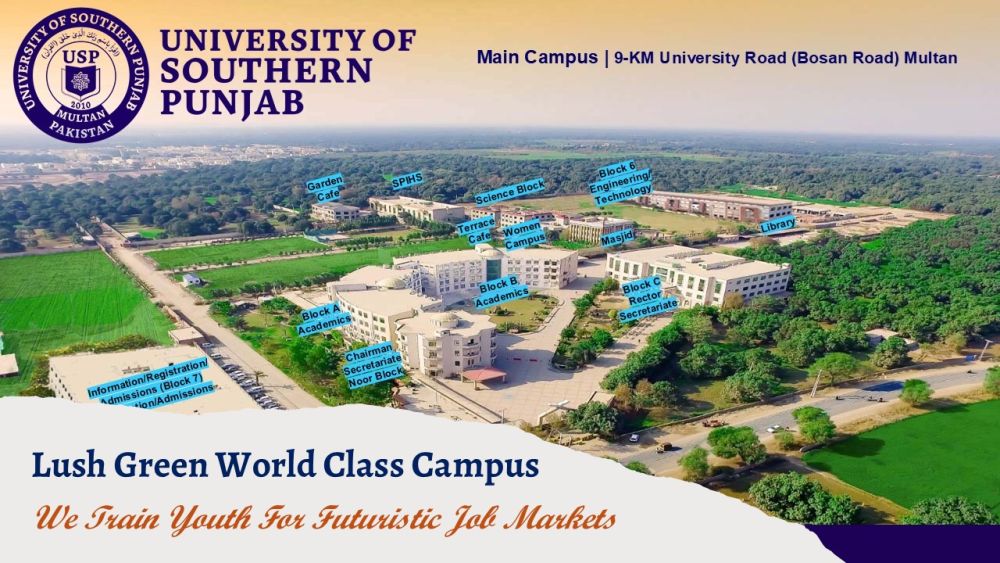36/25 Climate Risks in the 21st Century: Evidence, Impacts, and Solutions
Posted 4 months ago
Executive Summary
Climate change has accelerated into a full-fledged crisis, with global warming already at 1.2°C, the highest in over two millennia driving unprecedented extremes such as deadly heat waves, floods, droughts, wildfires, and rising seas. Carbon dioxide levels are at a two-million-year peak, while air pollution and climate-linked disasters have caused millions of premature deaths and displaced billions. Particularly in low-income regions, vulnerable populations bear the greatest burden despite contributing the least to emissions and raising urgent climate justice issues. Scientists warn that the 1.5°C threshold may be crossed by the early 2030s, exposing billions to grave health, livelihood, and displacement risks. While cutting emissions remains critical, resilience strategies, ranging from seawalls and climate-smart agriculture to renewable energy, nature-based solutions, and innovative financing, are equally urgent. Local communities and cities emerge as key change agents, demonstrating that incremental actions are insufficient; only systemic transformation can avert catastrophic outcomes. The window of opportunity remains open, but is narrowing rapidly.
TAKE HOME MESSAGES
🌍 The climate crisis is not just a gradual shift, it's an urgent call to action that demands our immediate attention.
📈 Global warming has reached 1.2°C above pre-industrial levels, the highest in over 2,000 years.
💨 Carbon dioxide levels are at their highest in 2 million years; sea level rise is the fastest in 3,000 years; Arctic sea ice is at its lowest in 1,000 years.
🔥 Extreme weather is the new normal: more frequent and intense heat waves, floods, droughts, wildfires, and storms.
⚠️ Human toll is mounting: 606,000 deaths and billions displaced from 1995–2015; fossil fuel pollution kills 3.6–10 million premature deaths annually.
🦠 Climate change is a public health emergency—fueling air pollution deaths, infectious disease spread, waterborne illnesses, and mental health disorders.
⏳ Critical thresholds are near: 1.5°C warming could be reached by early 2030s, exposing billions to deadly heat and diseases.
🏝️ Vulnerable populations suffer the most—low-income communities, small island nations, rural farmers, and the “bottom three billion.”
⚖️ Climate justice is central: it's about recognizing that those least responsible for emissions face the most significant consequences with the fewest resources to adapt. This concept underscores the need for fairness and equity in climate action, ensuring that the burden of climate change does not fall disproportionately on the most vulnerable populations.
🛡️ Resilience is as urgent as mitigation: adaptation strategies like seawalls, climate-smart farming, renewable energy, and nature-based solutions are essential.
🏘️ Local action is powerful: cities and communities can mobilize faster than national governments, tailoring solutions to unique vulnerabilities. However, the role of policymakers in enabling and supporting these local actions is crucial. They can provide the necessary resources, regulations, and incentives to accelerate the transition to a sustainable future.
🌱 Nature-based solutions (reforestation, wetland restoration, ecosystem management) deliver both mitigation and resilience “co-benefits.”
💵 New financing tools (green bonds, climate insurance, blended finance) are emerging to fund large-scale resilience efforts.
🚨 Incremental change is not enough. To avert disaster, we need a fundamental transformation of our energy, food, water, and urban systems.
🌍 International Cooperation is crucial in addressing climate change. We need decisive, coordinated action at global, national, and local levels, and we need it now. This includes sharing knowledge, resources, and technologies, as well as setting and enforcing global targets for emissions reduction and climate resilience.
The above information has been organized for you by the University of Southern Punjab Multan, a best university located in Multan, Pakistan
ADDITIONAL READING
Bending the Curve: Climate Change Solutions - Open Textbook Library





